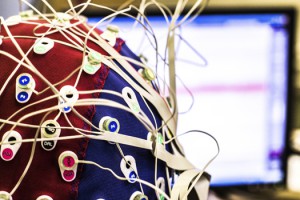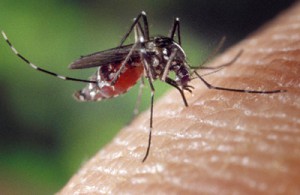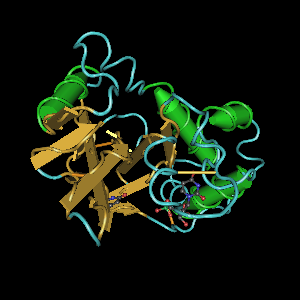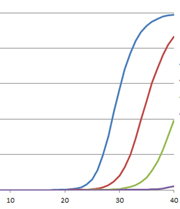 There is something very futuristic, and perhaps scary, about the idea of nonverbally transferring one person’s thoughts to another person, especially for the purpose of controlling or influencing a person’s actions and behaviors. Maybe that’s why telepathy and mind control are favorite topics of many science fiction movies. However, there are times when direct, nonverbal transfer of thoughts would be advantageous, for example when communicating complex concepts or feelings that are difficult to convey. Direct transfer also would circumvent the need to translate information from one language to another. For these reasons, scientists are currently developing technologies to allow such thought transfers. A recent PLOS ONE article describes a simple brain-to-brain interface in humans and shows how this interface can be used to capture a thought generated by one person and communicate that information directly to the brain of a second person and elicit a physical response (1).
There is something very futuristic, and perhaps scary, about the idea of nonverbally transferring one person’s thoughts to another person, especially for the purpose of controlling or influencing a person’s actions and behaviors. Maybe that’s why telepathy and mind control are favorite topics of many science fiction movies. However, there are times when direct, nonverbal transfer of thoughts would be advantageous, for example when communicating complex concepts or feelings that are difficult to convey. Direct transfer also would circumvent the need to translate information from one language to another. For these reasons, scientists are currently developing technologies to allow such thought transfers. A recent PLOS ONE article describes a simple brain-to-brain interface in humans and shows how this interface can be used to capture a thought generated by one person and communicate that information directly to the brain of a second person and elicit a physical response (1).
Continue reading “Telepathy and Mind Control: From Science Fiction Movies to Reality?”









